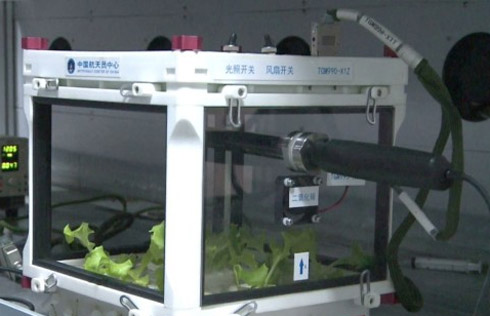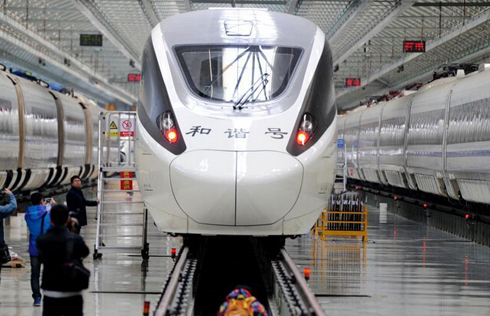Chinese CubeSats to participate in international study project
Five Chinese-made microsatellites will be sent into space in the near future as part of a proposed international network of 50 satellites that will study the lower thermosphere, a layer of the Earth's atmosphere.
The QB50 project, an initiative by the Von Karman Institute in Brussels and funded by the European Commission, will simultaneously launch 50 CubeSats - microsatellites composed of cube-shaped units - on a single launch vehicle.
"The project has set records for the number of participant countries in international microsatellite projects and the number of satellites carried by a single rocket," said Zhou Jun, director of the Shaanxi Engineering laboratory for Microsatellites at Northwestern Polytechnical University in Xi'an, the capital of the northwestern province.
The CubeSats were produced by universities in more than 30 countries and regions.
Five Chinese universities - Northwestern Polytechnical University, the Harbin Institute of Technology, the National University of Defense Technology, Nanjing University of Science and Technology and Beihang University - have each provided a microsatellite for the project.
European countries have produced 19, while there are 10 from the United States, three from Japan and two from Canada.
"The satellite constellation will be sent into an orbit of 350 km and fall toward Earth from there. In the following three months, they will explore the thermosphere between 90 km and 320 km (above the Earth), about which we know little," Zhou said.
While most of the satellites will be double-unit CubeSats - composed of two units, each approximately the size of a 2 liter container - Zhou's team became so ambitious that it developed the world's first 12-unit CubeSat.
"Developing a 12-unit CubeSat is not as simple as piling up Lego bricks, so we had to redesign the satellite's structure and power system," said Huang He, an associate professor at Northwestern Polytechnical University.
In double-unit CubeSats, one unit provides the usual satellite functions while the other carries sensors for research. By contrast, the 12-unit CubeSat provides much more space for sensors.
In June, a Long March 7 rocket carried a 12-unit CubeSat into a 350-km-high orbit to test its structure, thermal control and power systems, communications and the direction of its axes.
"Our CubeSats use a wide range of off-the-shelf commercial components, so during the last launch we had to test the satellite's key technologies to ensure its dependability," Huang said.




















